Image of the Day Archives

For older Image of the Day pictures, please visit the Image of the Day archives. Pictured: NGC 2467.
Horse in the Sky
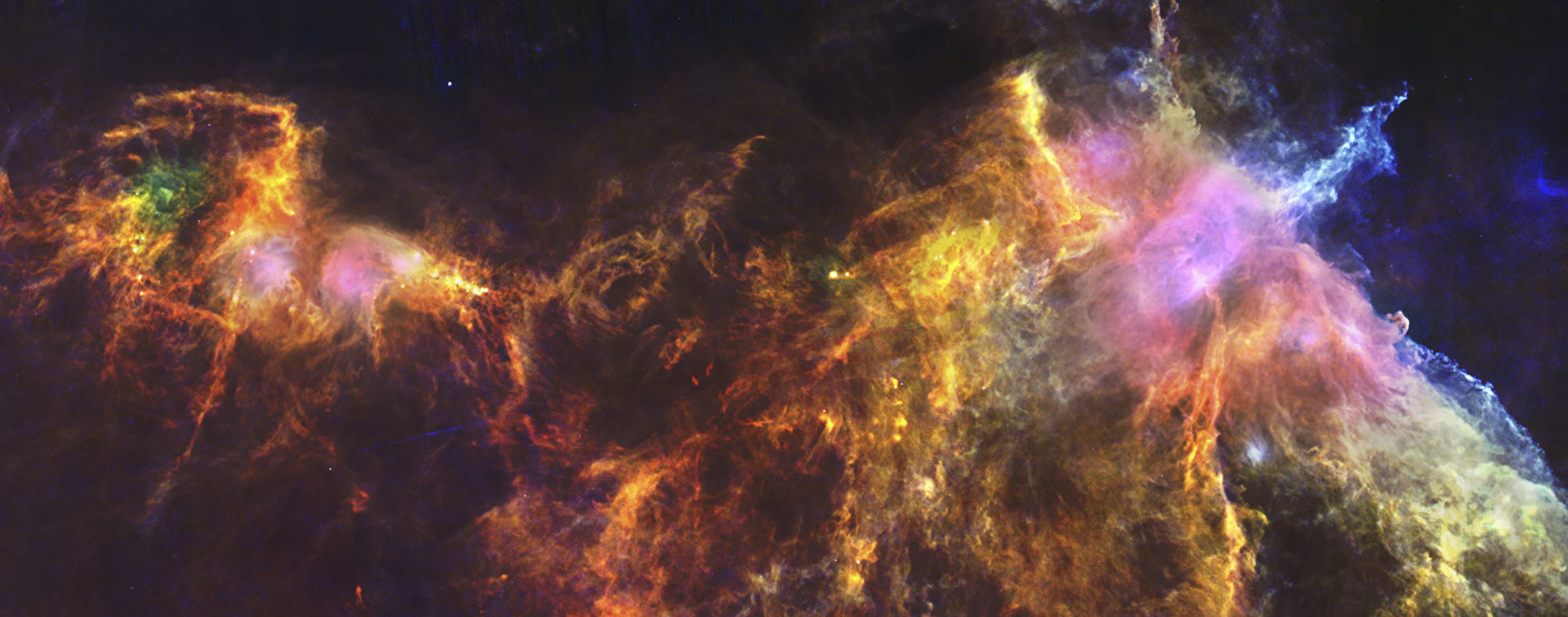
Wednesday, May 1, 2013: A new view shows the Horsehead Nebula in the context of its surroundings. The nebula resides in the constellation Orion, about 1300 light-years away, which makes up part of the vast Orion Molecular Cloud complex. The nebula appears to poke its horse’s head shape above the surrounding gas and dust at the far right-hand side, pointing towards the Flame Nebula. Intense radiation streaming away from newborn stars heats up the surrounding dust and gas (pink and white). To the left lie two other star formation sites, NGC 2068 and NGC 2071. Cool gas and dust networks weave throughout the scene as red and yellow filaments. Some of these may host newly forming low-mass stars.
— Tom Chao
Indian Moon
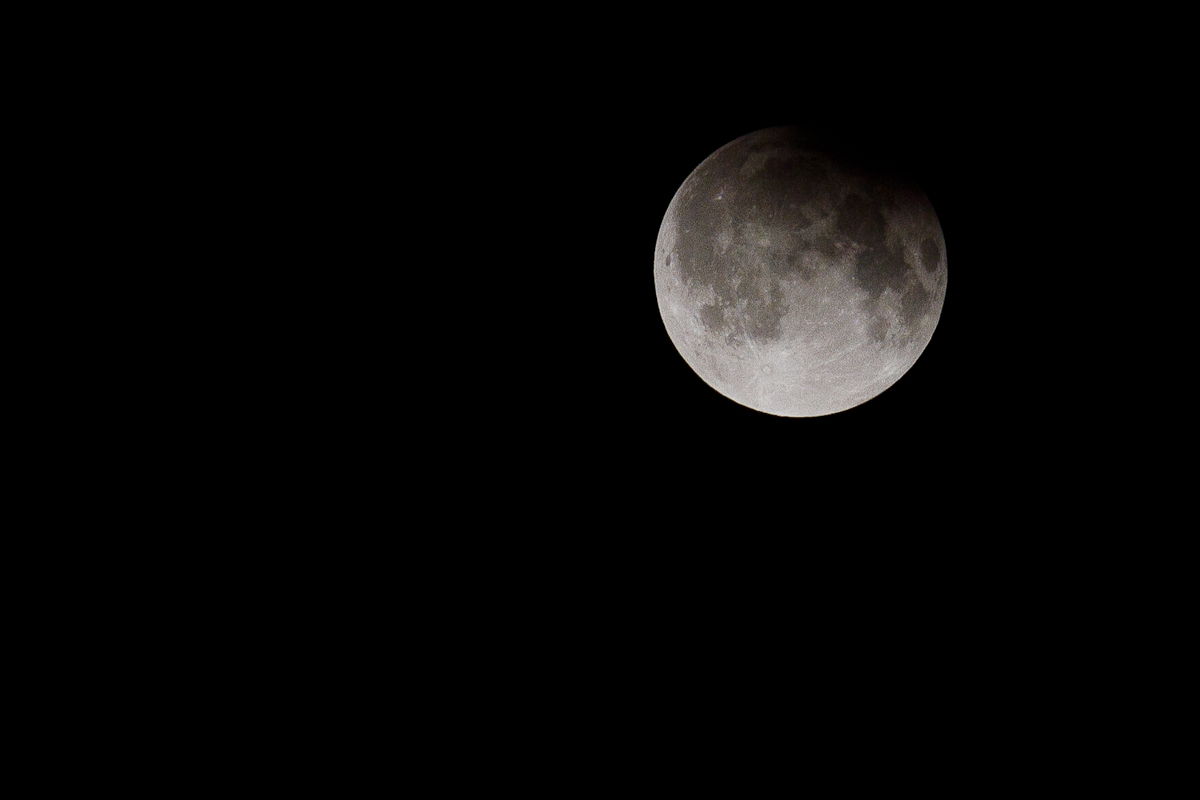
Thursday, May 2, 2013: Astrophotographer Marisha Sharma of New Delhi, India, sent in a photograph of the penumbral lunar eclipse on April 25, 2013. Sharma writes: “I learnt in the evening of [the] 25th that there will be an eclipse that night. Never having seen an eclipse before, I wasn't sure what to expect. Then I googled and read about it, coming across your site too. I wasn't sure whether I will be able to click it as I only have a 200mm lens. But it turned out to be quite OK when viewed from my balcony.”
— Tom Chao
Ladies and Gentlemen, the Sliding Stones
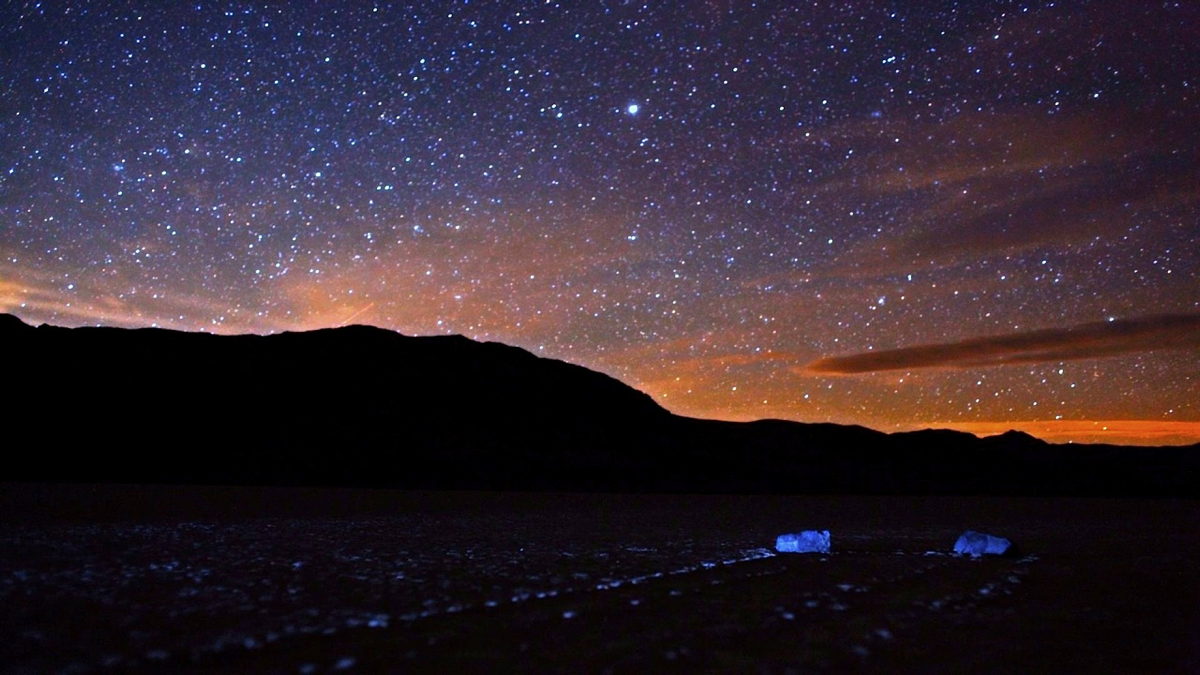
Friday, May 3, 2013: Nature filmmaker Gavin Heffernan sent in a still from his video "Death Valley Dreamlapse 2," showing the sliding stones of Racetrack Playa Lakebed in Death Valley under long-exposure stars. Image undated. [For an article about the mysterious unexplained sliding stones, see our sister site, Livescience.com.]
— Tom Chao
Galaxies Collide
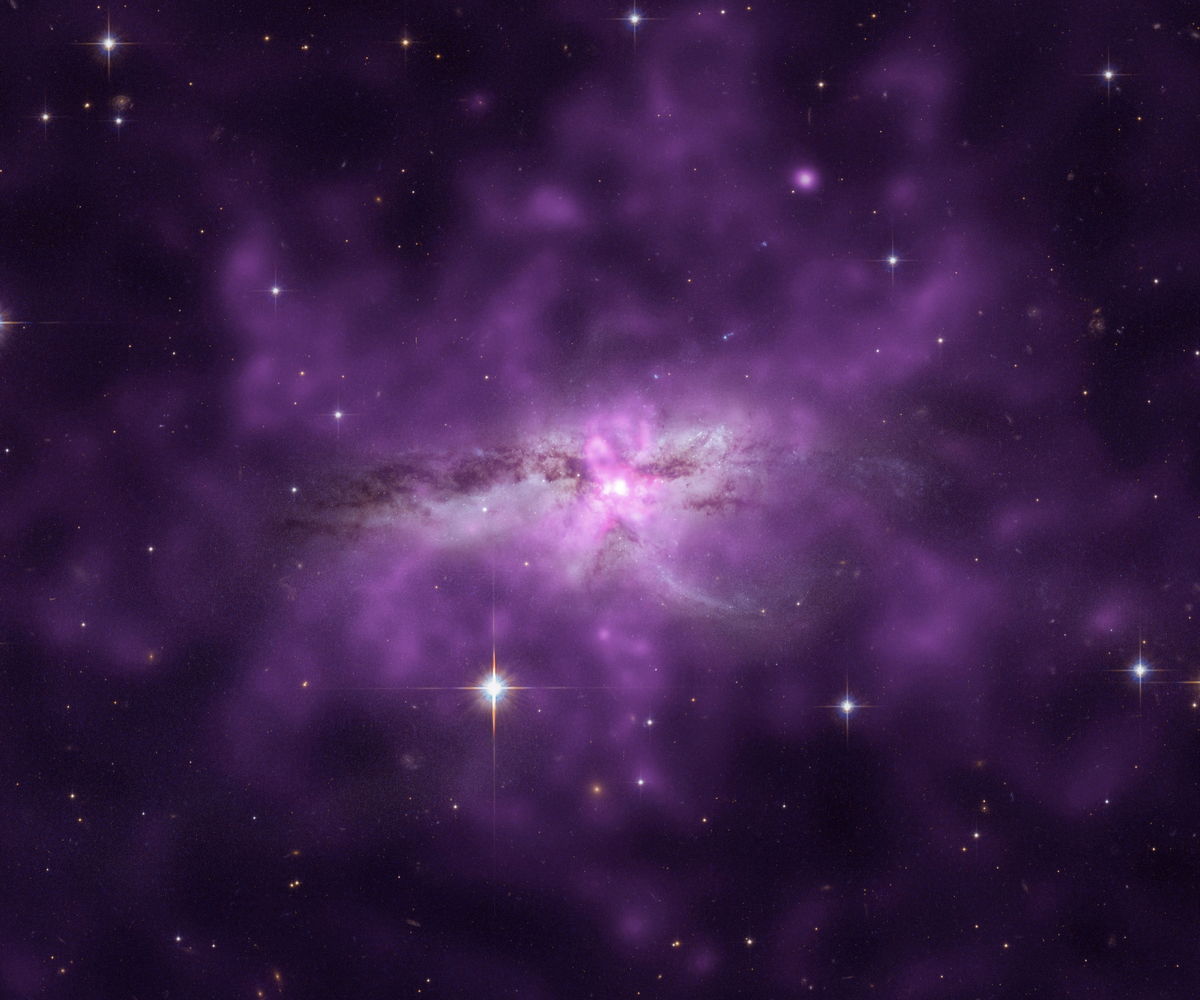
Monday, May 6, 2013: An enormous cloud of hot gas envelopes two large, colliding galaxies. The system called NGC 6240, called a "halo," contains two merging spiral galaxies, each similar in size to our own Milky Way. The two galaxies both contain a supermassive black hole at their centers, which spiral toward each other. The gas contained in each individual galaxy, violently agitated by the collision, created a baby boom of new stars that has lasted for at least 200 million years.
— Tom Chao
You Can Run Me Over With Your 28-Wheeler
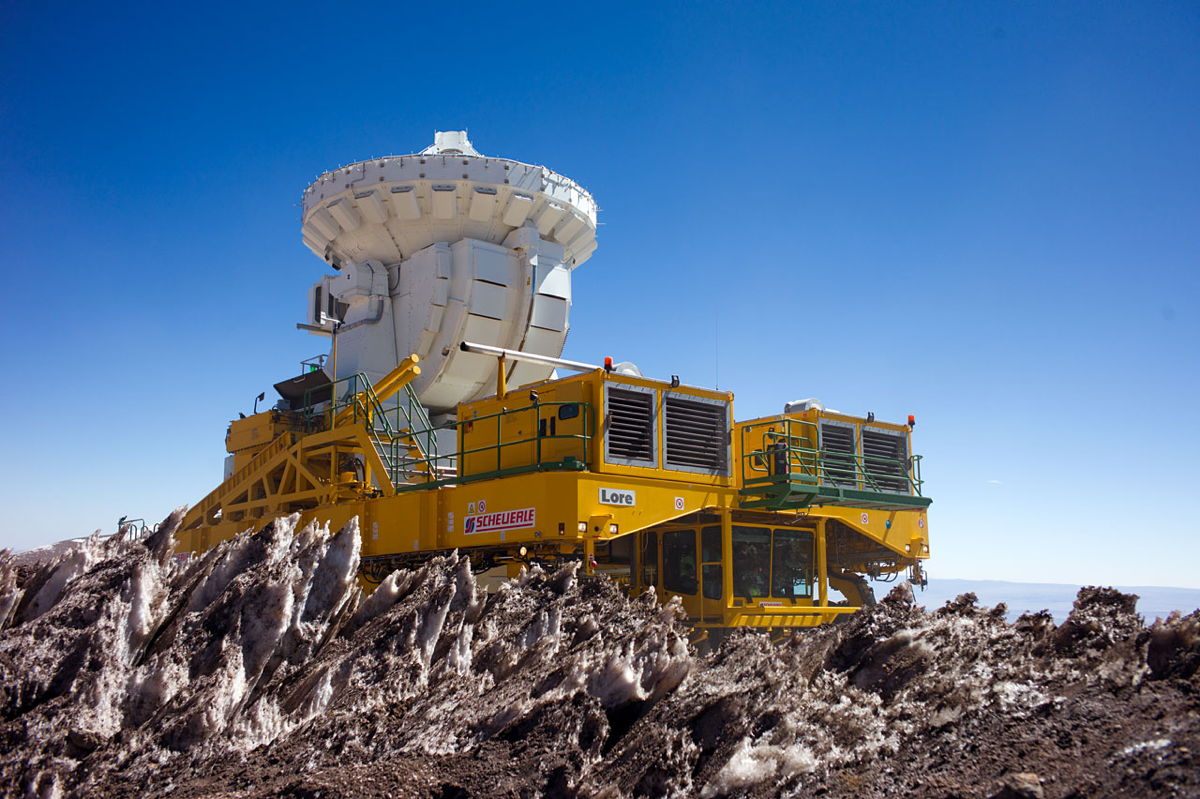
Tuesday, May 7, 2013: One of the two ALMA transporters, Lore, carries one of the 7-meter-diameter antennas of ALMA, the Atacama Large Millimeter/submillimeter Array. Lore and her twin, Otto, two bright yellow 28-wheeled vehicles, move ALMA's antennas around on the Chajnantor Plateau at an elevation of 16,400 feet (5000 meters). The transporters reconfigure the telescope array to make the most useful observations, and also move the antennas for maintenance. Image released May 6, 2013.
— Tom Chao
Plume
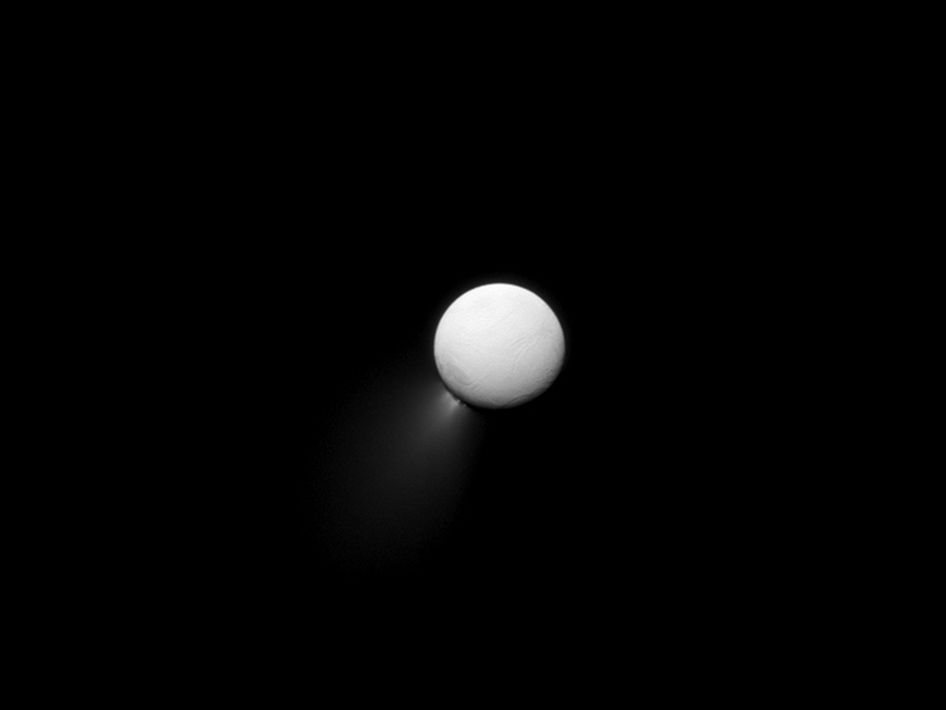
Wednesday, May 8, 2013: Saturn’s moon Enceladus shows off its striking plume of icy material to Cassini spacecraft's cameras. Enceladus, 313 miles (504 kilometers) across, shines by light reflected off Saturn. This view displays the Saturn-facing side of Enceladus. The image was taken in visible light on Jan. 18, 2013.
— Tom Chao
Get the Space.com Newsletter
Breaking space news, the latest updates on rocket launches, skywatching events and more!
Watching the Sunlight on Cape Cod Bay
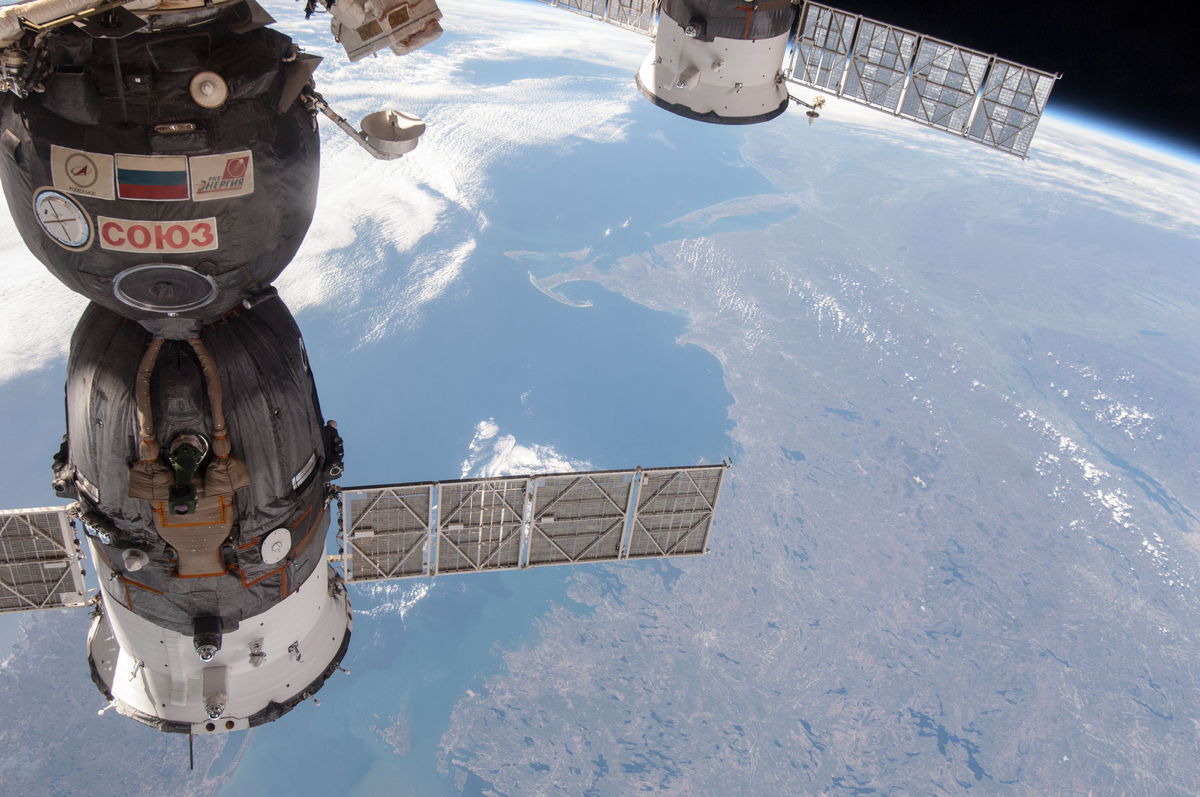
Thursday, May 9, 2013: A Russian Soyuz spacecraft and the solar panel of a Russian Progress cargo carrier docked to the International Space Station float above the Earth on May 4, 2013. A stretch of Canada’s Atlantic coast (to the Labrador Sea) and the northeastern U.S. shines below. Cape Cod and Long Island are visible at upper center of the frame.
— Tom Chao
All You See Is Strange Clouds
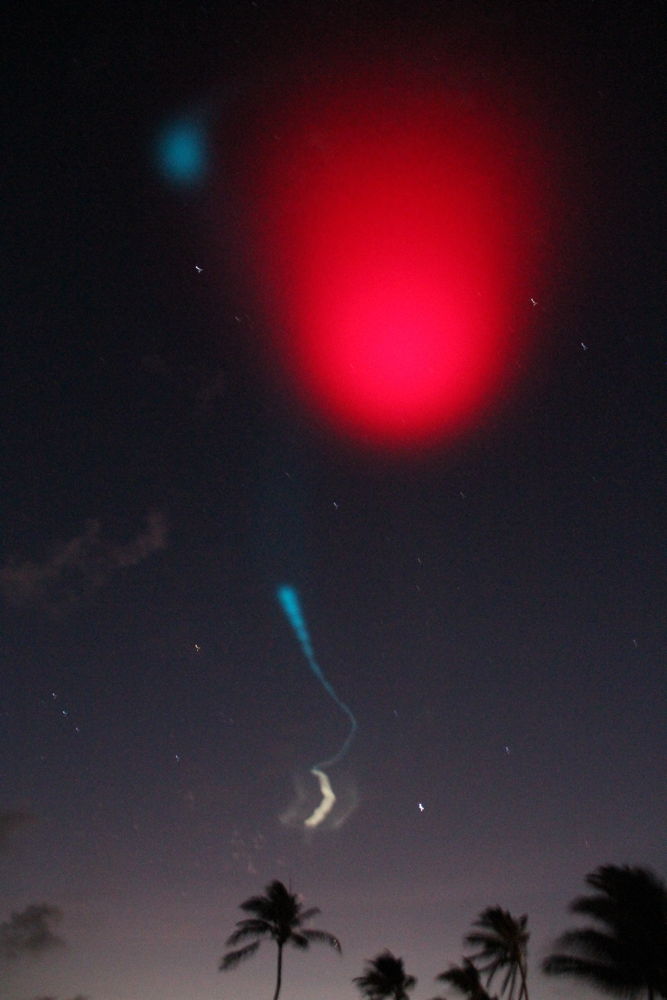
Friday, May 10, 2013: Looking a bit like a Paul Klee canvas, red and white vapor clouds floated over the Marshall Islands as part of NASA’s Equatorial Vortex Experiment (EVEX). The release of lithium vapor formted the red cloud, and released trimethyl aluminum (TMA) formed the white tracer clouds. Scientists used these clouds to observe the neutral winds in the ionosphere. The experiment took place early on May 7, 2013 (EDT), at Roi Namur, Republic of the Marshall Islands. Two rockets flew the EVEX experiment, and another two carried up the Metal Oxide Space Cloud experiment (MOSC).
— Tom Chao
Another Galaxy
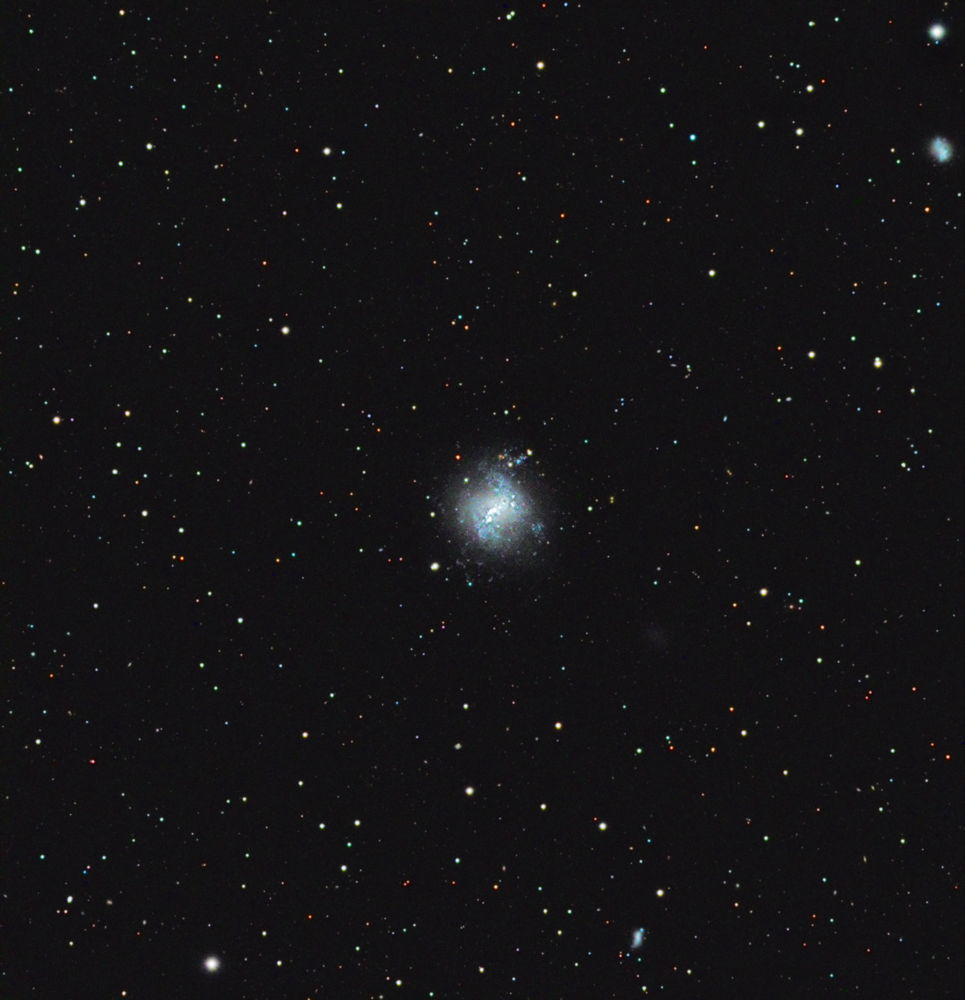
Monday, May 13, 2013: Astrophotographer Jeff Johnson of Las Cruces, NM, sent in his image of NGC 4214, a dwarf barred irregular galaxy in Canes Venatici. He writes: "Here is my latest work imaged over two separate nights. NASA referred to this galaxy as a 'star formation laboratory.'"
— Tom Chao
Snow Falling on Telescopes
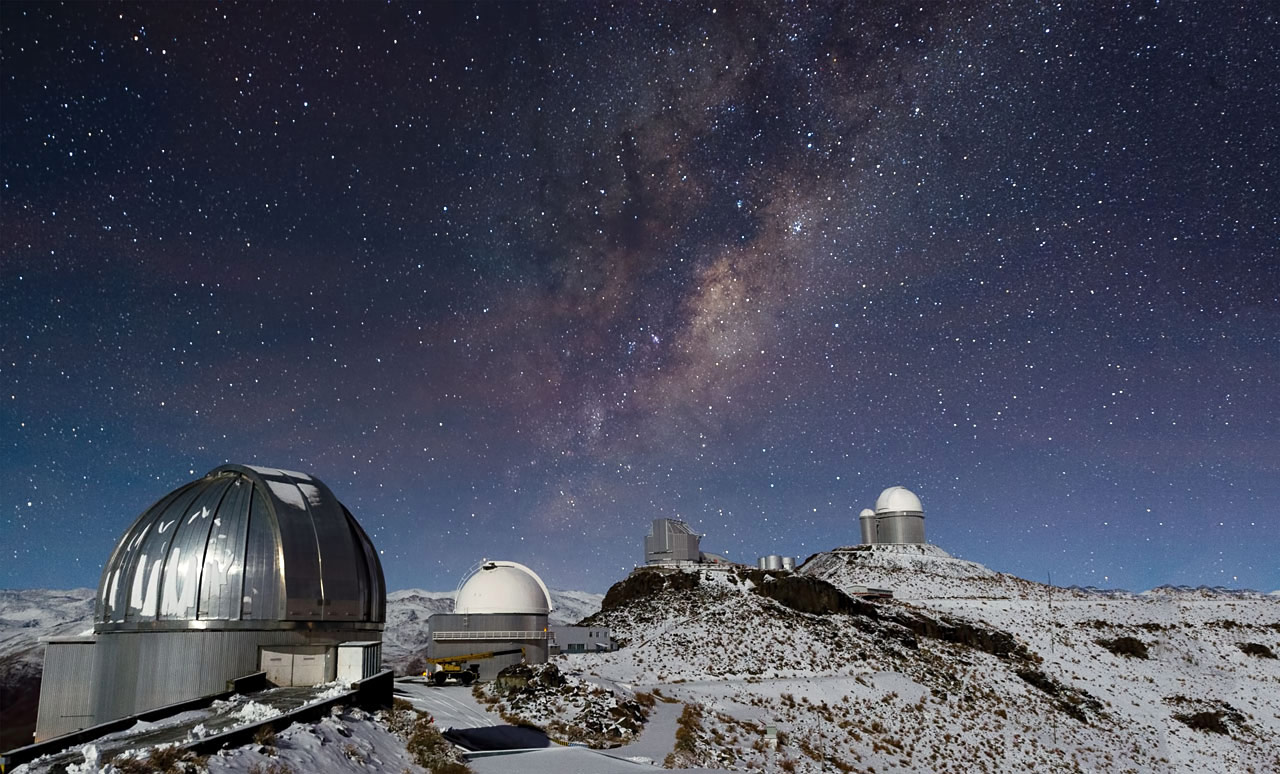
Tuesday, May 14, 2013: This image shows a wintry La Silla Observatory in Chile’s Atacama Desert sitting beneath the Milky Way. Despite the telescopes’ location in one of the best areas for astronomical observation, at an altitude of 7800 feet (2400 meters), the desert cannot completely escape winter weather, including snow blanketing the mountain peak and telescope domes. The high altitude sites operated by European Southern Observatory can experience both hot and cold temperatures through the year, including sometimes harsh conditions. Image released May 13, 2013.
— Tom Chao
Join our Space Forums to keep talking space on the latest missions, night sky and more! And if you have a news tip, correction or comment, let us know at: community@space.com.










